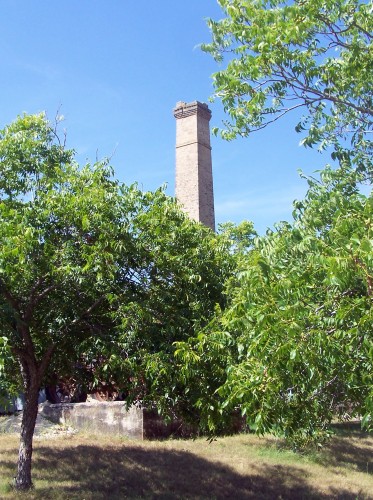Stephen Vincent Benet nailed down the type, in his poem epic John Brown’s Body, in a phrase that has resonated with me ever since I read it so long ago that I don’t recall when I read it the quintessential southern belle, who propped up the South on a swansdown fan:
Mary Lou Wingate, as slightly made
And as hard to break as a rapier-blade.
Bristol’s daughter and Wingate’s bride,
Never well since the last child died
But staring at pain with courteous eyes.
